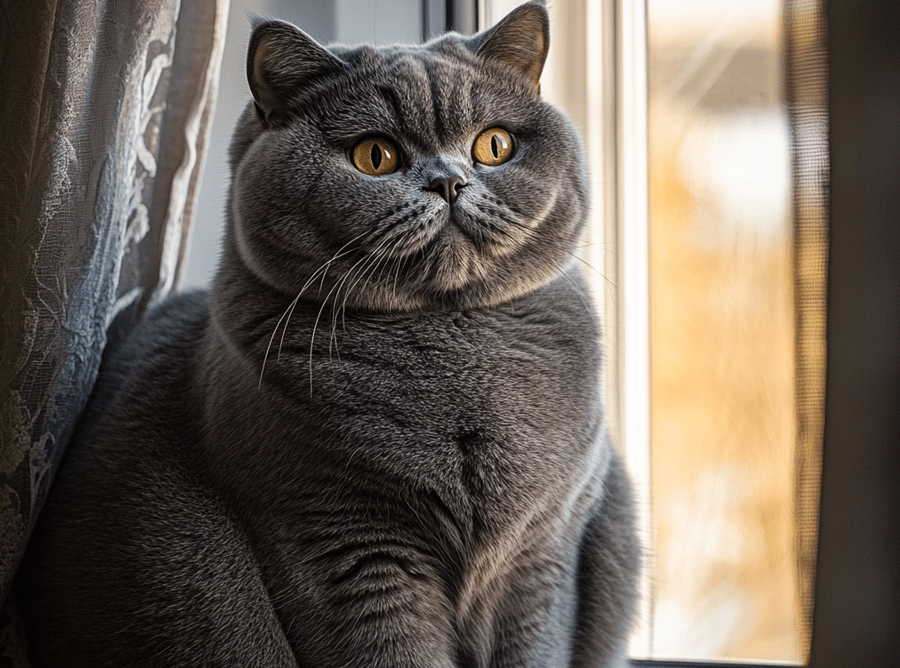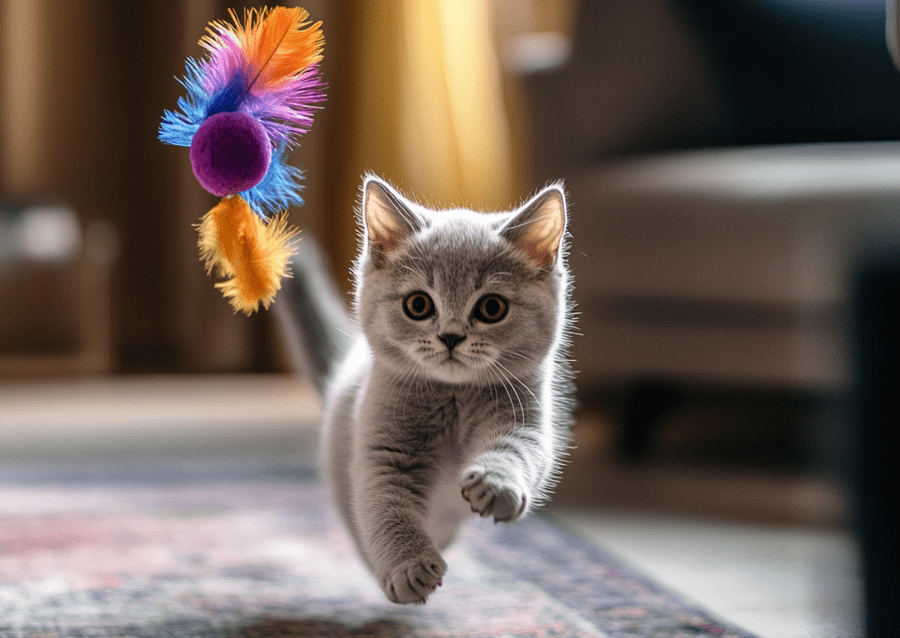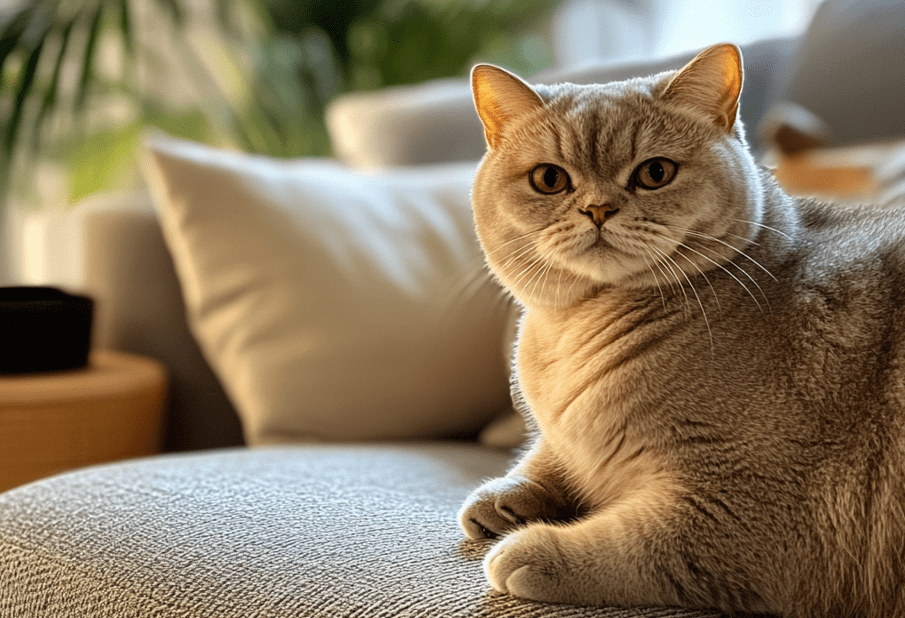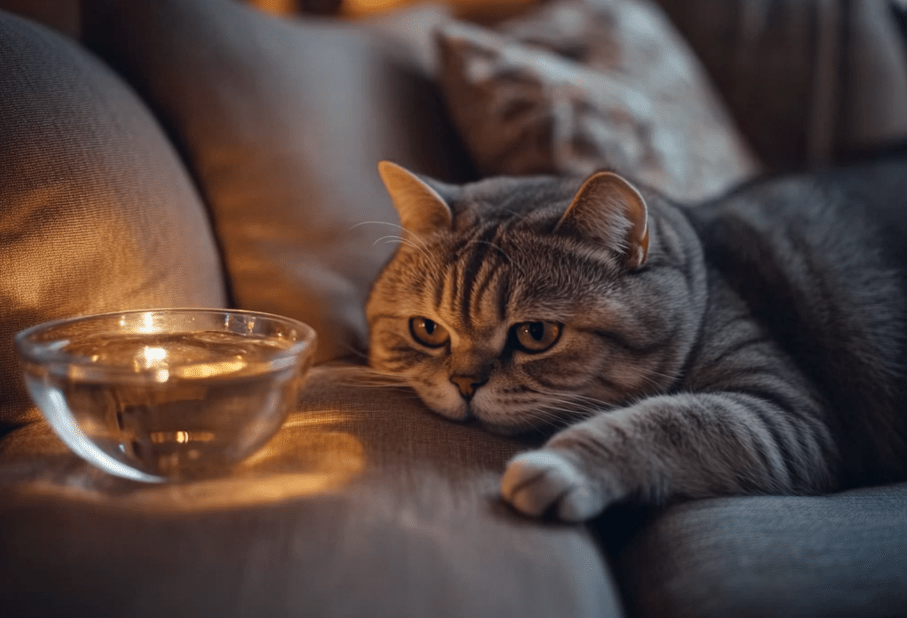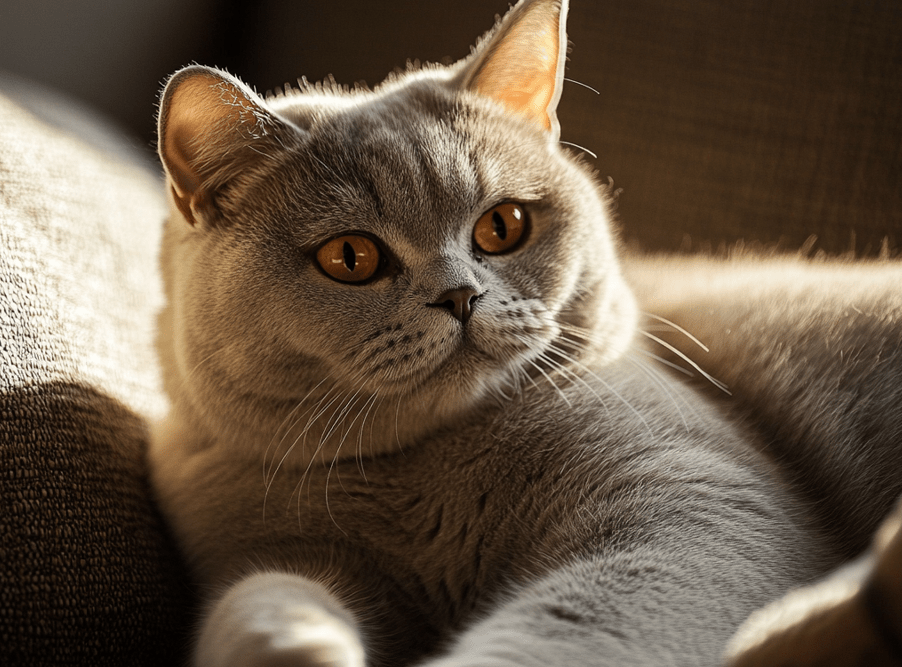
British Shorthair cats do not shed less than average. When compared to other shorthair cats, shedding in British Shorthairs is about the same. They typically shed more during spring and fall when their coats adapt to changing seasons. During these periods, you may notice more fur on your clothes and furniture. Many recommend briefly brushing these cats once daily or every other day to limit the fur that falls around your house. These cats don’t shed less by any definition. However, some cats shed more than others. Depending on climate, certain British Shorthairs may shed more than others. Fortunately, you can do something to control your cat’s shedding, although you can never completely eliminate it. In this article, we will explore the things you need to know about their shedding.
Grooming and Brushing Recommendations
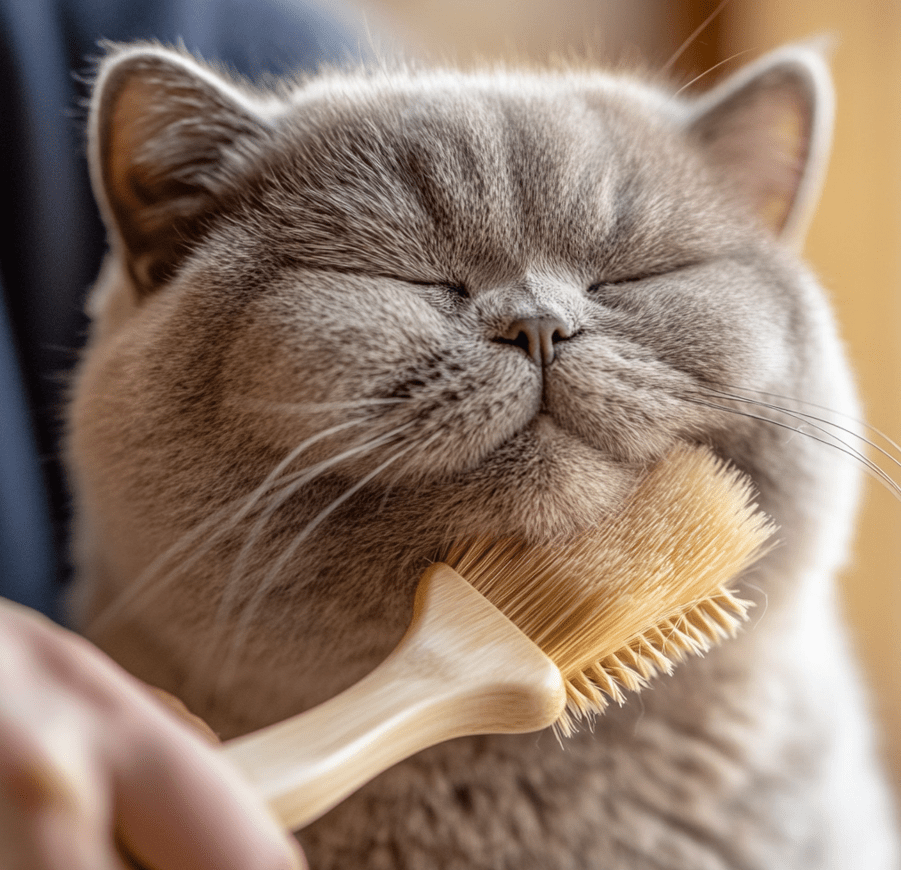
You should brush your British Shorthair cat every 1 to 2 days. While cats can manage without brushing, this may result in excessive fur accumulation on furniture and clothes. Regular, short brushing sessions are the most effective way to control shedding.
There are various methods to reduce shedding in British Shorthair cats. You can try different approaches based on what you think will be most suitable for your cat.
Cats should be taught brushing from an early age. When young, cats enjoy being brushed. Teaching an adult cat to accept brushing is quite difficult and requires a lot of patience and encouragement. Progress should be made slowly and ensure the cat feels comfortable. Don’t expect the cat to sit still initially. Start with just a couple of brush strokes and stop, then gradually try to work up to completing the entire process.
Diet and Nutrition Impact

Improving your cat’s food quality can be a good step. Not all cat foods are of the same quality – some lower-quality foods aren’t good for your cat’s overall health. Poor quality food can affect your cat’s skin and coat health, which may result in excessive shedding. So, if you notice your cat is shedding excessively, you should consider upgrading their food quality. Remember that some cats respond differently to different foods, even if their current food is of good quality. When changing food, follow the package instructions and be prepared for some extra shedding initially.
Stress and Environmental Factors
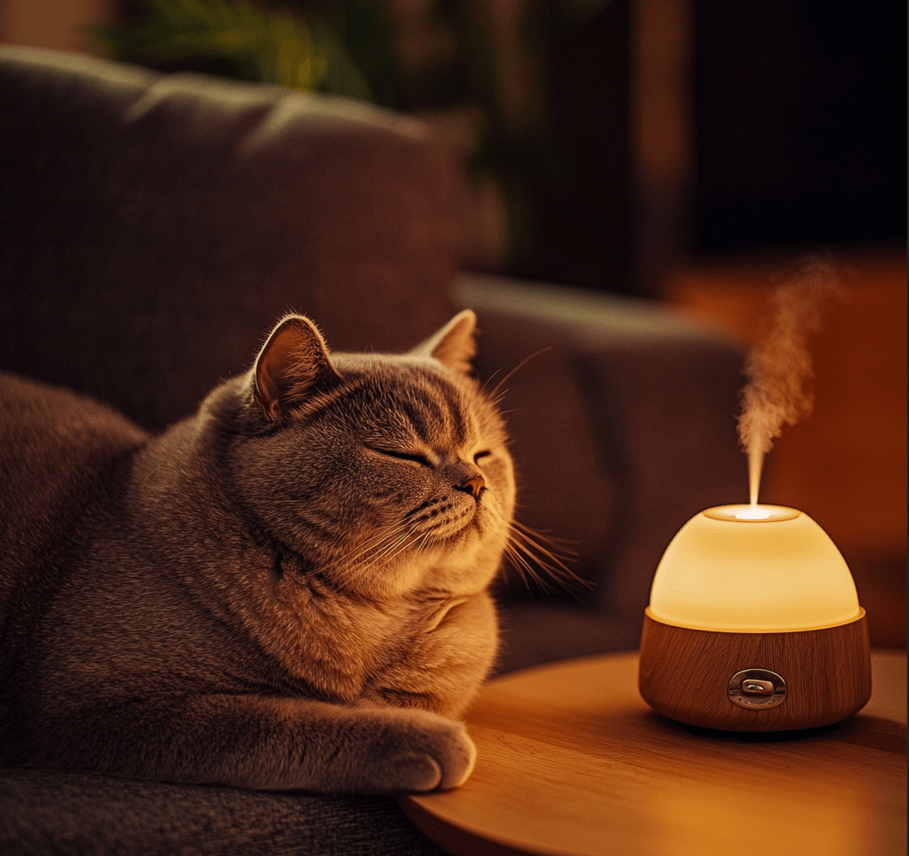
Mental stress can cause excessive urination in cats. While it’s impossible to control all types of stress, such as changes in routine or residence, stress can be reduced by keeping the cat’s environment comfortable. For overly anxious cats, medication prescribed by a veterinarian or other stress-reduction methods can be used. Cat pheromone collars help reduce urination in some cats, but this is only effective for stressed cats. Therefore, it’s important to observe signs of stress in your cat before using this method.
A cat’s overall health affects its urination rate. Any health issues can affect their skin and coat health, leading to excessive urination. Therefore, it’s crucial to consult a veterinarian if you notice any changes in your cat’s behavior.
Home air quality can affect your cat’s health. Allergens can damage a cat’s skin and coat. Air filters can be used to improve home air quality. Like humans, cats can be allergic to seasonal pollen and other things, which may sometimes require allergy medication.
Physical Characteristics and Seasonal Shedding
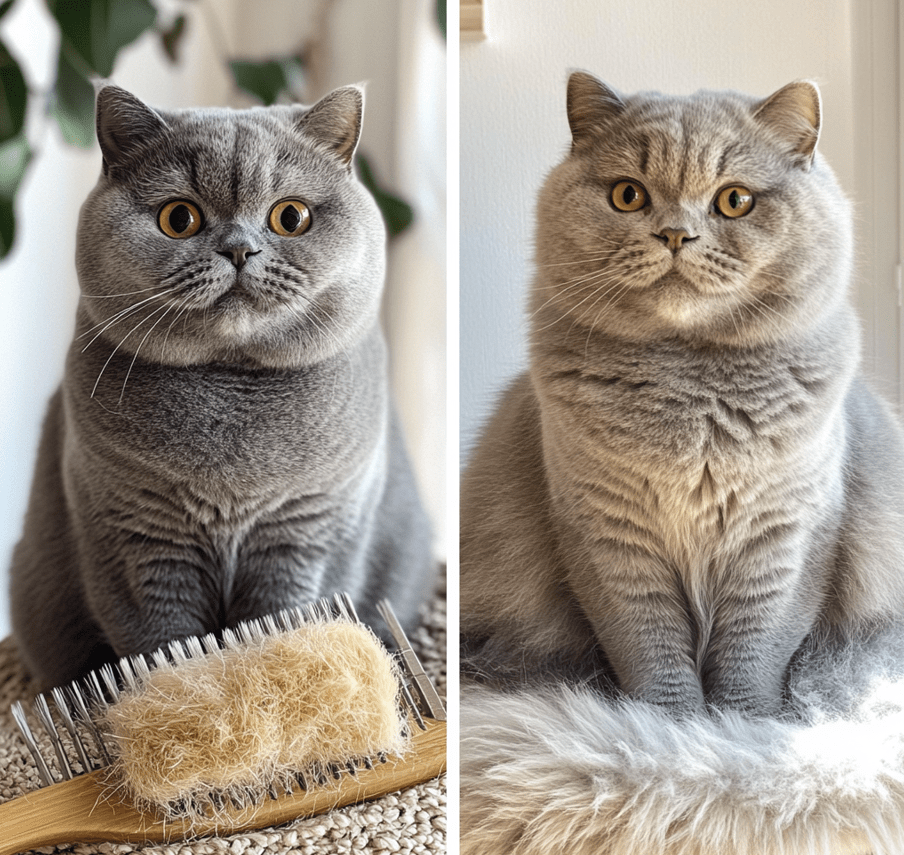
Healthy British Shorthairs don’t shed more than other cats. They only shed seasonally. More shedding occurs during spring and fall. So, if there’s more shedding than usual during these times, there’s no need to worry if the cat is healthy.
During shedding season, use a lint roller and comb or brush daily. Gently comb from head to tail. Don’t forget the belly and chest. Brush in the same direction that its hair grows.
During normal times, brushing once or twice a week is sufficient. This helps distribute skin oils properly and removes loose fur. This maintains a good coat and skin condition.
Grooming and Bathing Guidelines
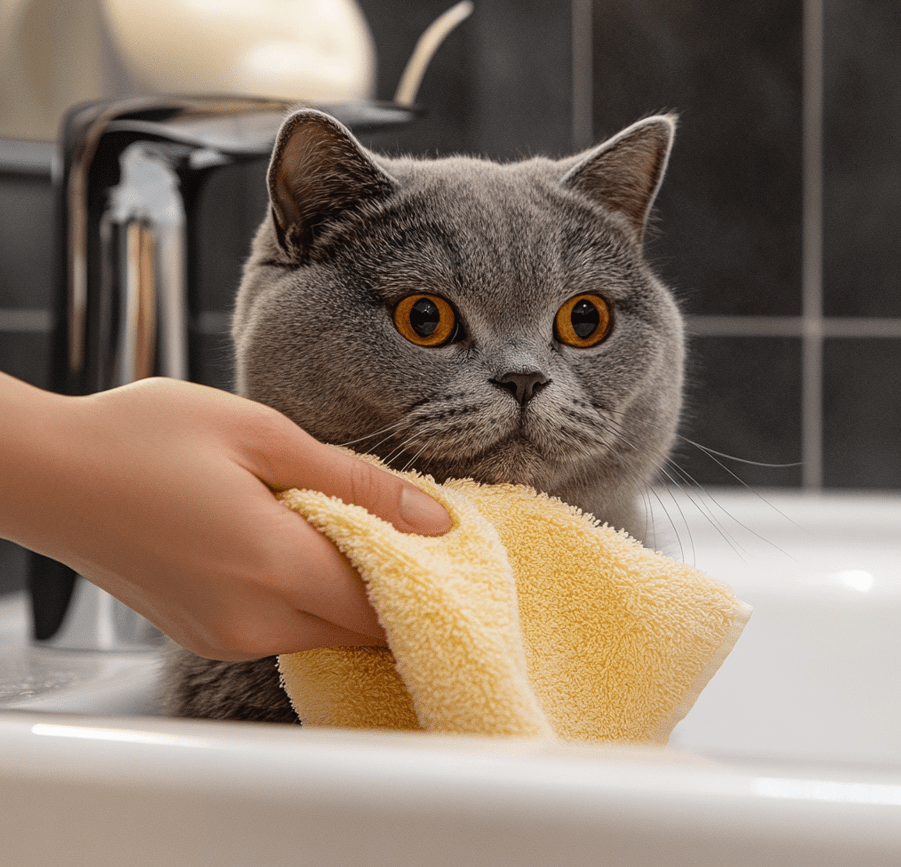
Many people think cats need regular baths. But that’s not true. Cats can keep themselves clean. Just brushing them well is enough. This is good news for everyone. Because bathing a cat is difficult for both parties.
Only bathe them when they are very dirty or when the doctor recommends it. Doctors may prescribe special shampoo for some diseases.
Seasonal shedding is normal. However, hair loss can also occur due to diseases. Watch out for skin patches, dryness, itching, redness, roughness, and excessive grooming.
Hair loss can also occur due to other diseases. So, keep an eye on decreased appetite, diarrhea, vomiting, lethargy, excessive urination, excessive thirst, and bloating.
If you think your cat is shedding too much, consult a doctor. Hair doesn’t shed throughout the year, only during spring and fall. Daily brushing during these times helps control shedding.
If you notice hair loss, bald patches, or other unusual symptoms, consult a doctor. This will help detect diseases early and enable treatment.
Common Misconceptions and Questions
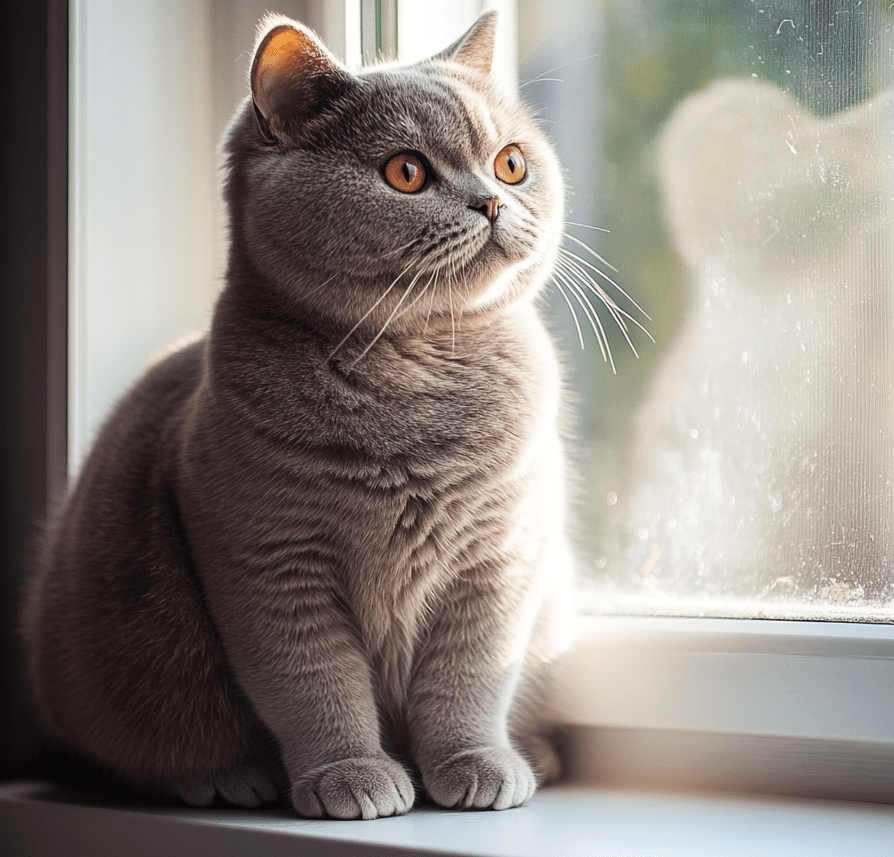
British Shorthair, famous for its distinctive stocky body and thick double coat, experiences normal shedding patterns like many other cat breeds. The amount of shedding might vary depending on the season. During warmer months, these cats are likely to shed more as they adapt to rising temperatures. This phenomenon, often called “blowing coat,” allows the cat to shed its thick undercoat, making it more comfortable in warm weather.
However, during colder months, British Shorthairs tend to shed less as they retain their fur for extra insulation against the cold. The fur retained during winter preparation also becomes denser, creating a full, soft covering that characterizes the breed’s appearance.
Regardless of the shedding season, British Shorthairs tend to have moderate to heavy shedding tendencies. Owners may notice a consistent shedding pattern throughout the year as this breed carries two coats. The shedding rate also depends on factors like age, health condition, and dietary habits, with older or unhealthy cats likely to shed more than their younger, healthy counterparts.
Investing in anti-fur products can help further control shedding. This includes fur removal tools and furniture covers that easily catch loose fur. Some cat owners also find success through regular veterinary check-ups, as underlying health issues can often increase shedding. Thus, regular vet visits ensure the cat is healthy, reducing instances of excessive shedding.
While these solutions can’t eliminate shedding completely, they can certainly make living with a British Shorthair more comfortable. A combination of these methods can surely provide more effective solutions in controlling this breed’s shedding.
Many cat owners often wonder why their British Shorthair’s coat appears thin or patchy. It’s important to remember that dietary changes, stress, and other factors can affect a cat’s shedding pattern, manifesting as thin or irregular fur.
Questions also frequently arise about whether excessive shedding indicates health problems. This can sometimes be true. Excessive shedding, skin irritation, or changes in coat texture might indicate underlying health issues, so consulting a veterinarian is crucial if such patterns are noticed.
Conclusion
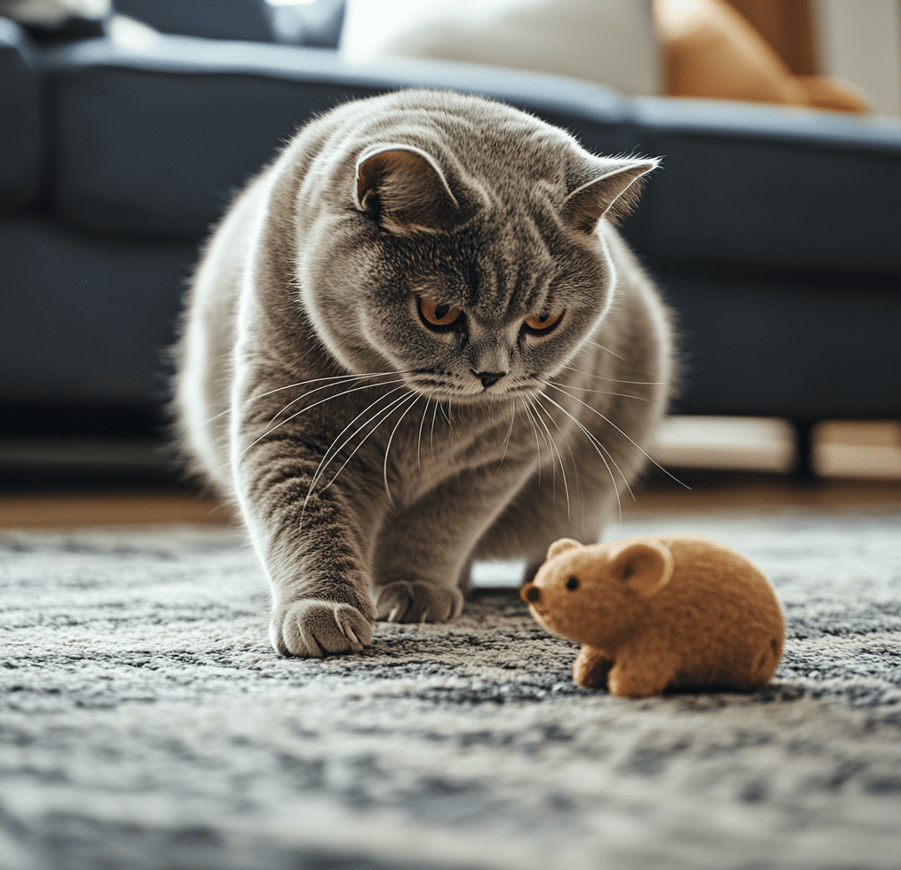
British Shorthairs have short and dense fur. They come in colors including blue, black, red, lilac, and cream. Their patterns include tabby, calico, and tortoiseshell. According to the Cat Fanciers Association, British Shorthairs should not have a double coat. The fur should not be wool-like.
There’s a common belief that frequent baths can help reduce British Shorthairs’ shedding. On the contrary, excessive bathing can strip the coat of natural oils, resulting in dry skin and potentially increased shedding. Therefore, proper grooming, balanced nutrition, and regular veterinary check-ups are crucial for controlling shedding and maintaining a healthy coat.

